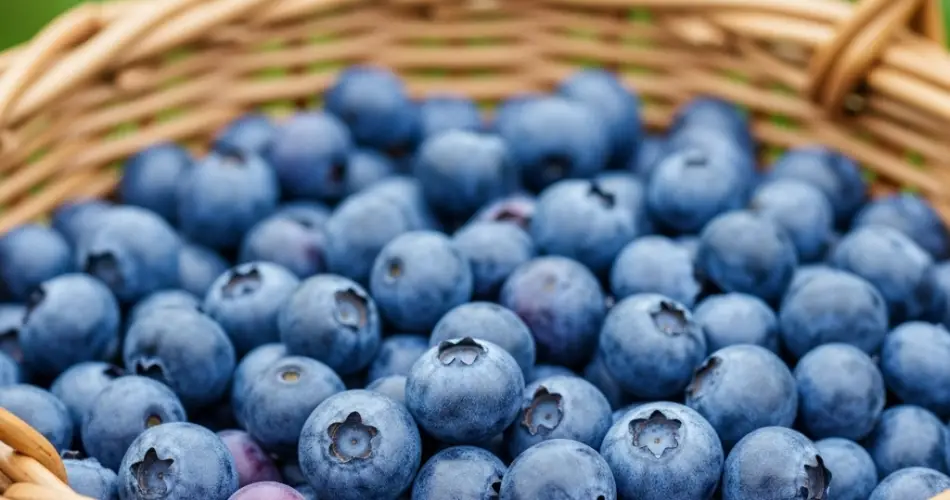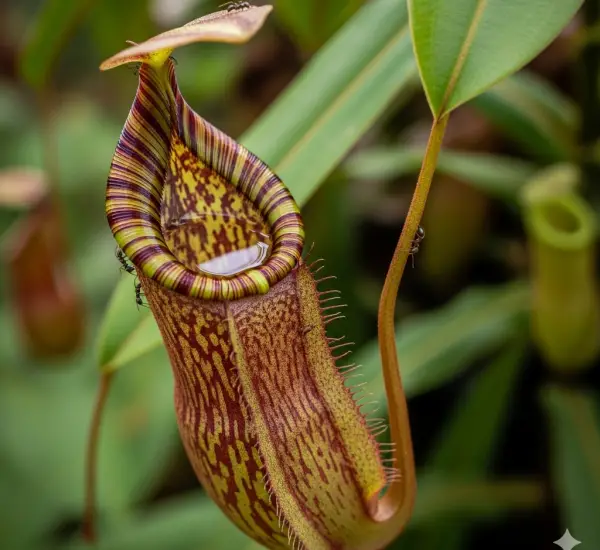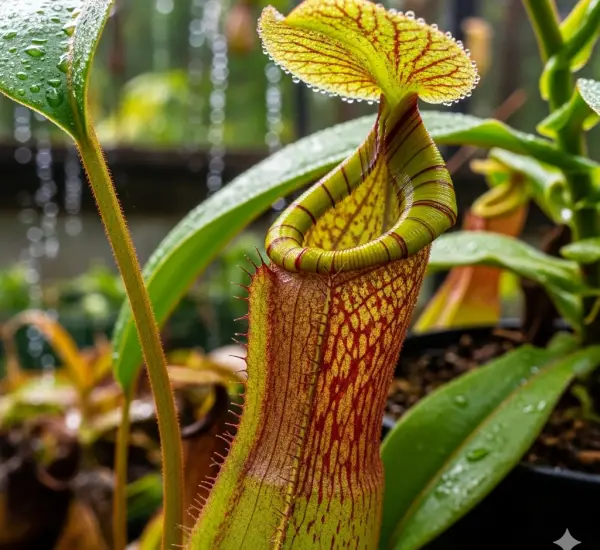Blueberries are a popular and rewarding fruit to grow, especially for home gardeners who appreciate their sweet-tart flavor, nutritional value, and beautiful foliage. While blueberry plants can be started from seeds, growing them from cuttings is a much faster and more reliable method. Propagating from cuttings ensures the new plants retain the same characteristics—such as fruit quality and growth habit—as the parent plant.
This step-by-step guide makes growing blueberries from cuttings simple, whether you’re a beginner or an experienced gardener. With just a few basic materials and some patience, you can grow your own blueberry bushes and enjoy homegrown fruit for years to come.
Why Grow Blueberries from Cuttings?
There are several advantages to propagating blueberries through cuttings:
-
Faster growth: Plants from cuttings establish more quickly than those from seeds.
-
True-to-type plants: The new bush will be genetically identical to the parent, maintaining fruit quality and size.
-
Cost-effective: You can multiply your existing plants without needing to purchase new ones.
-
Satisfaction: It’s a rewarding process that deepens your connection with your garden.
Best Time to Take Blueberry Cuttings
Blueberry cuttings can be taken during two seasons:
-
Softwood cuttings: Taken in late spring to early summer, from new, green growth. These root faster but require higher humidity and more care.
-
Hardwood cuttings: Taken in late fall to winter when the plant is dormant. These take longer to root but are more resilient.
Both methods can be successful with proper technique.
What You’ll Need
-
Healthy, mature blueberry bush
-
Clean, sharp pruners or scissors
-
Rooting hormone (optional, but increases success)
-
Pots or trays
-
Sterile potting mix (a blend of peat moss and perlite works well)
-
Clear plastic bags or a humidity dome
-
Spray bottle for misting
-
Water
How to Take and Prepare Blueberry Cuttings
For Softwood Cuttings (Spring–Summer)
-
Select a healthy shoot: Choose a 4–6 inch long stem from the current season’s growth. Look for flexible, green shoots with no flowers or fruit.
-
Make the cut: Use clean pruners to cut just below a leaf node. Remove the lower leaves, leaving only 1–2 leaves at the top.
-
Dip in rooting hormone: Although optional, dipping the cut end in rooting hormone helps stimulate root development.
-
Plant the cutting: Insert the cutting 1–2 inches deep into a moist potting mix. Gently firm the soil around it.
-
Create a humid environment: Cover the pot with a clear plastic bag or place it under a humidity dome to retain moisture. Ensure the plastic doesn’t touch the cutting by using sticks or wire to support it.
-
Provide proper conditions: Keep the container in a bright, warm spot with indirect sunlight. Mist regularly to maintain humidity.
-
Monitor root development: After 4–6 weeks, check for resistance when gently tugging on the cutting. This indicates root growth. Once roots are established, gradually expose the plant to open air and increase watering.
For Hardwood Cuttings (Late Fall–Winter)
-
Select mature stems: Choose pencil-thick branches that grew during the past season. Cut them into 5–8 inch sections with at least two nodes each.
-
Remove flower buds: If present, pinch them off to focus the plant’s energy on root formation.
-
Dip in rooting hormone (optional): Apply to the cut end of the stem.
-
Plant vertically: Stick the cuttings into moist potting mix or directly into the ground if temperatures are mild. Bury the lower half of each cutting.
-
Wait for spring: Keep the cuttings in a cool, protected area. Water occasionally to keep the soil damp. Roots will begin to form as temperatures warm.
-
Transplant once rooted: When you notice new growth in spring, it’s time to transplant the rooted cuttings into larger pots or directly into the garden.
Caring for Your New Blueberry Plants
Once your cuttings have rooted and begun to grow, it’s time to transition them into permanent homes.
-
Soil: Blueberries prefer acidic soil with a pH of 4.5 to 5.5. Amend your soil with peat moss, pine bark, or sulfur if needed.
-
Location: Choose a sunny spot that gets at least 6 hours of sunlight daily.
-
Watering: Keep the soil consistently moist but not soggy. Blueberries have shallow roots and benefit from regular watering.
-
Mulching: Apply a thick layer of mulch to conserve moisture, suppress weeds, and maintain soil acidity.
-
Fertilizing: Use a fertilizer formulated for acid-loving plants in early spring and again after flowering.
It may take 2–3 years for new plants to produce fruit, but with proper care, you’ll soon be enjoying sweet, homegrown blueberries.
Final Thoughts
Growing blueberries from cuttings is an easy and rewarding way to expand your garden and enjoy fresh fruit from plants you’ve propagated yourself. Whether you choose softwood or hardwood cuttings, following the right steps will give you a strong start. With a little patience and attention, your new bushes will flourish and provide delicious harvests for years to come.



